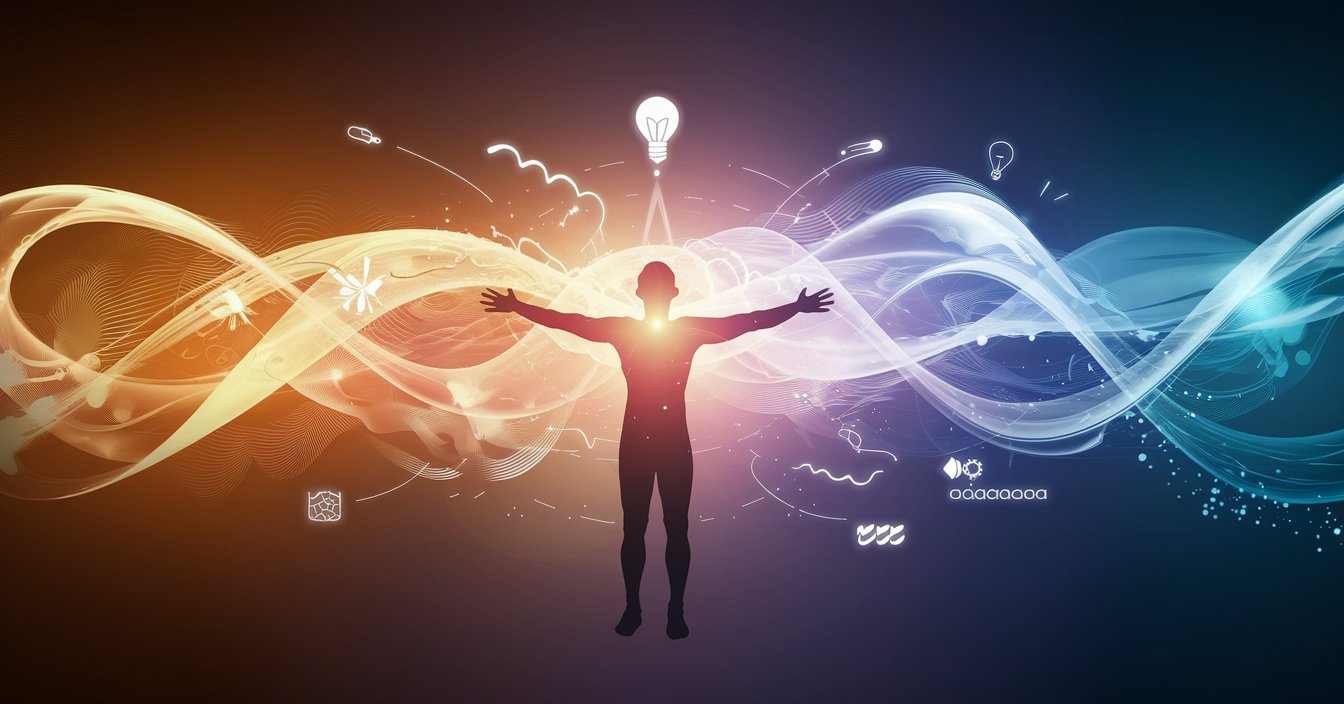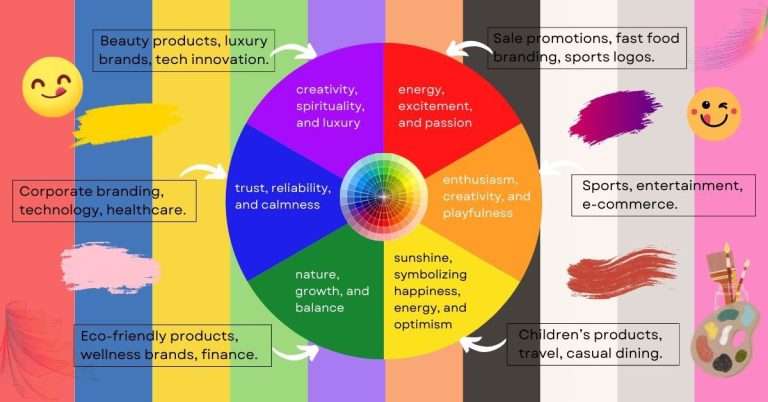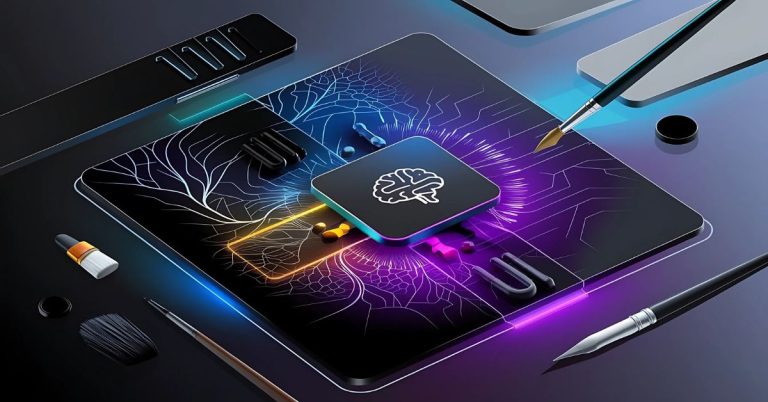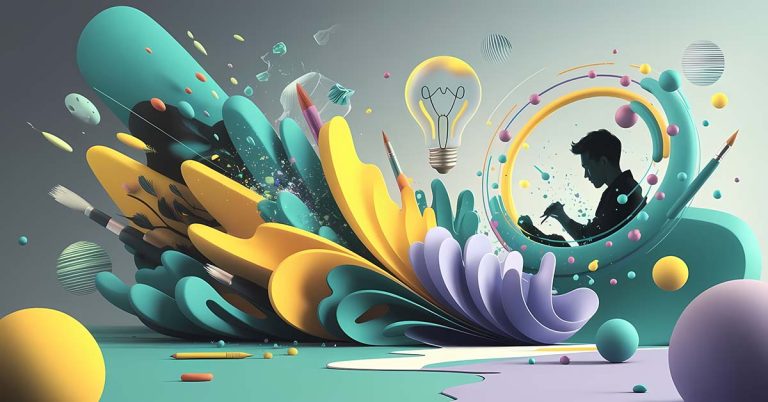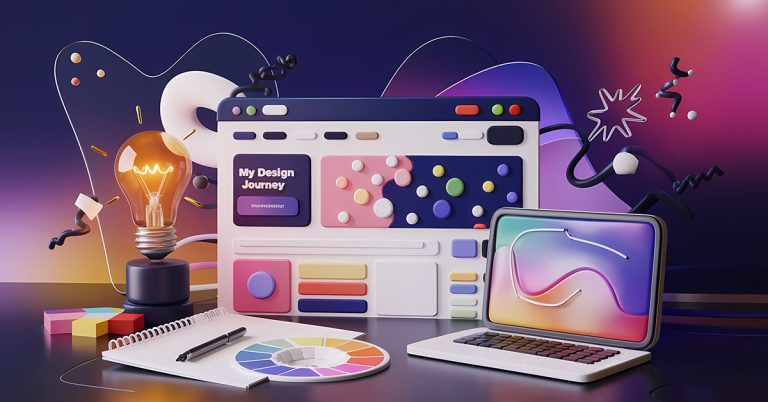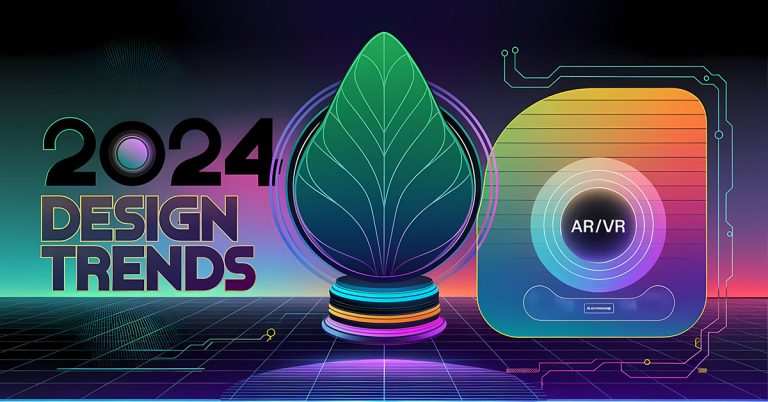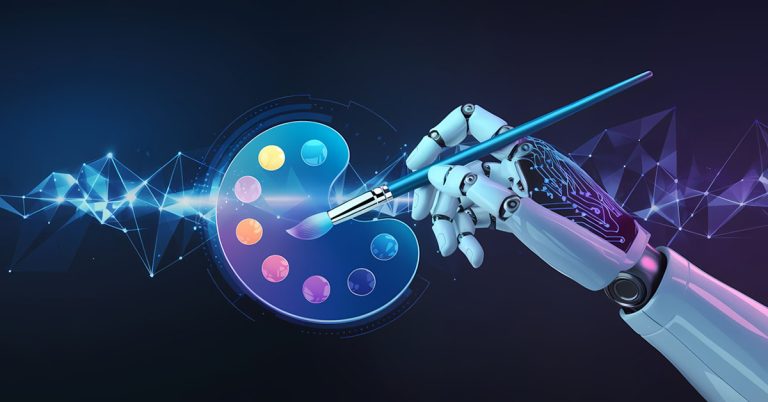The Boundless Power of Creativity
Introduction
Creativity is a defining human trait that transcends cultural, social, and even historical boundaries. It is the driving force behind groundbreaking inventions, artistic masterpieces, and new ways of thinking that have shaped the world as we know it. But what exactly is creativity? Is it a trait we are born with, or can it be cultivated and expanded? How does it influence our personal growth, relationships, and the world around us?
In a world that is rapidly changing, creativity is more crucial than ever. It provides us with the tools to adapt, solve complex problems, and find beauty in the mundane. Creativity is not just limited to the arts but extends into science, business, technology, and everyday life. It is the spark that ignites passion and inspires innovation, making it a valuable asset both personally and professionally.
This article delves into the essence of creativity, exploring its origins, the science behind it, ways to foster it, and how embracing creativity can transform not only individuals but entire communities. As we journey through the many dimensions of this fascinating phenomenon, we will also uncover practical ways to integrate more creativity into our daily lives.
The Essence of Creativity
Creativity is a multifaceted concept that has fascinated scholars, artists, and innovators for centuries. While it may seem abstract and difficult to define, creativity fundamentally revolves around the ability to generate ideas that are both novel and valuable. It’s about looking at the world from a unique perspective and transforming the familiar into something extraordinary.
Throughout history, creativity has been the catalyst for human advancement. From the invention of the wheel to the marvels of modern technology, the power of human imagination has propelled civilization forward. Artists like Leonardo da Vinci and Pablo Picasso changed the course of art history with their innovative visions. Scientists like Albert Einstein revolutionized our understanding of the universe by challenging established norms. Even entrepreneurs like Steve Jobs reshaped the world with creative products that combined design, technology, and human needs in ways that had never been done before.
But creativity is not reserved for the select few who make headlines or are remembered in history books. It is a skill and mindset that each of us possesses to some degree. Whether it’s cooking a unique dish, writing a poem, coming up with a clever solution to a problem at work, or even decorating a living space, creativity is embedded in our daily lives. However, the challenge for many people is learning to harness and nurture this natural capability.
The Science of Creativity
Recent research in neuroscience and psychology has revealed that creativity involves multiple brain processes. Rather than originating from one specific “creative” area, it is the result of complex interactions between different neural networks. The default mode network, which is active when we are daydreaming or letting our minds wander, plays a crucial role in generating new ideas. Meanwhile, the executive control network helps us evaluate these ideas, and the salience network determines which ones deserve our attention.
Interestingly, studies have shown that engaging in seemingly mundane activities can lead to creative breakthroughs. This phenomenon, known as the “incubation effect,” occurs when stepping away from a problem allows the subconscious mind to work on it, leading to sudden insights or “Eureka!” moments. This is why people often find inspiration while taking a shower, going for a walk, or engaging in activities unrelated to the challenge they are facing.
Fostering Creativity
If creativity is something we all possess, how can we nurture and expand it? Here are some practical strategies:
- Embrace Curiosity: Asking questions and challenging the status quo are fundamental to creative thinking. Allow yourself to be curious about the world around you. Read books, watch documentaries, and explore different cultures. The more diverse your knowledge base, the more material you’ll have to draw from when generating new ideas.
- Cultivate a Playful Mindset: Play is not just for children; it is a crucial aspect of creativity. Engaging in playful activities, whether through games, hobbies, or simple daydreaming, can help unlock new ways of thinking. It creates a space where you feel safe to experiment and take risks without fear of failure.
- Surround Yourself with Inspiration: The people and environment you immerse yourself in have a significant impact on your creativity. Surround yourself with those who challenge and inspire you, and seek out environments that stimulate your imagination. This could be an art gallery, a co-working space, or even a natural setting that brings a sense of wonder.
- Practice Mindfulness: Taking time to be present and aware can boost your creative abilities. Mindfulness reduces stress, enhances focus, and allows for deeper connections with your ideas. Techniques like meditation, yoga, or simply taking deep breaths can improve your mental clarity and encourage new ways of thinking.
- Keep a Creative Journal: Writing down your thoughts, ideas, and observations can help you track your creative progress. Use your journal to brainstorm, sketch, or reflect on what inspires you. It can serve as a repository for future projects and spark new connections.
How Creativity Transforms Lives
Creativity goes beyond producing art or designing products. It has the power to transform our lives in meaningful ways. When we engage in creative activities, we experience a sense of fulfillment and joy. This is because creating something new, whether it is a piece of music or a solution to a difficult problem, releases dopamine—a neurotransmitter associated with pleasure and motivation.
Moreover, creativity can enhance our problem-solving skills. In a rapidly changing world, being able to adapt and think on our feet is invaluable. Creative thinkers can look at problems from multiple angles and come up with solutions that are innovative and effective. This can be beneficial in both personal and professional settings, from navigating a challenging relationship to launching a successful business.
Creativity also fosters connection and empathy. When we share our creative expressions with others, we invite them into our world and create a bond based on shared experiences. This is evident in how art and music can bring people together, transcending language and cultural barriers. Even in the workplace, a creative culture can promote collaboration and make teams more resilient.
Conclusion
Creativity is a powerful force that lies within each of us, waiting to be explored and expressed. It is not a luxury or an optional skill but a fundamental aspect of our humanity that enables us to adapt, grow, and connect with others. Whether it manifests in art, science, business, or everyday problem-solving, creativity has the potential to enrich our lives and leave a lasting impact on the world.
By embracing curiosity, fostering a playful mindset, and surrounding ourselves with inspiration, we can unlock new levels of creativity. It’s about being open to possibilities, experimenting without fear, and trusting in the process of creation. As we nurture our creative spirit, we not only find solutions to life’s challenges but also discover who we are and what we are capable of achieving.
So, let your imagination run wild, take risks, and remember that creativity is not about being perfect – it’s about the journey of discovery and expression. As the world continues to evolve, let your creative spark be a beacon that lights the way forward.

